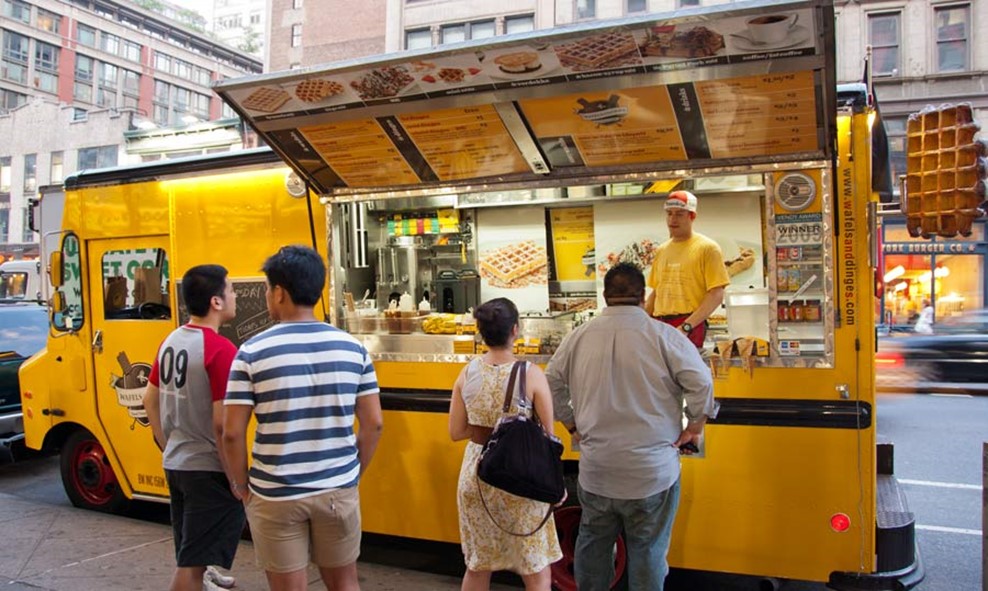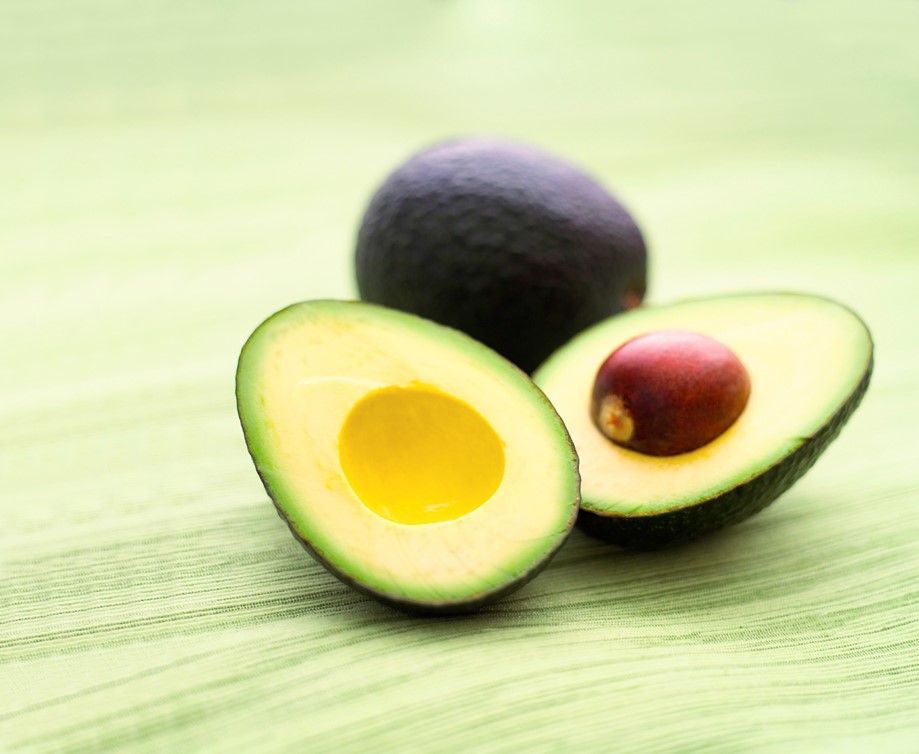The Anti-Tinder
November 13, 2015 in Daily Bulletin

There are services like Tinder that help you get into a relationship. Only fair that there be services that help you get out of one. Emanuel Maiberg reviewed one of them:
- The Breakup Shop offers a multitude of services in order to help you break up with your partner.
- An email or text costs $10. A letter costs up to $30. And if you want to add the personal touch to your subcontracted breakup you can pay for a $29 breakup phone call.
- The Breakup Shop also has a gift store where you can buy your soon to be ex a Netflix subscription as a consolation.
- The shop offers merchandise for those initiating the breakup to feel better about themselves too – like Call of Duty.
- Maiberg tried the service and found that it’s probably not suitable for ending long-term relationships but may work as an alternative to “ghosting” out of a short-term one.
Read about the service and hear what a breakup phone call sounds like over here.
Source: Motherboard









Join the Discussion! (No Signup Required)